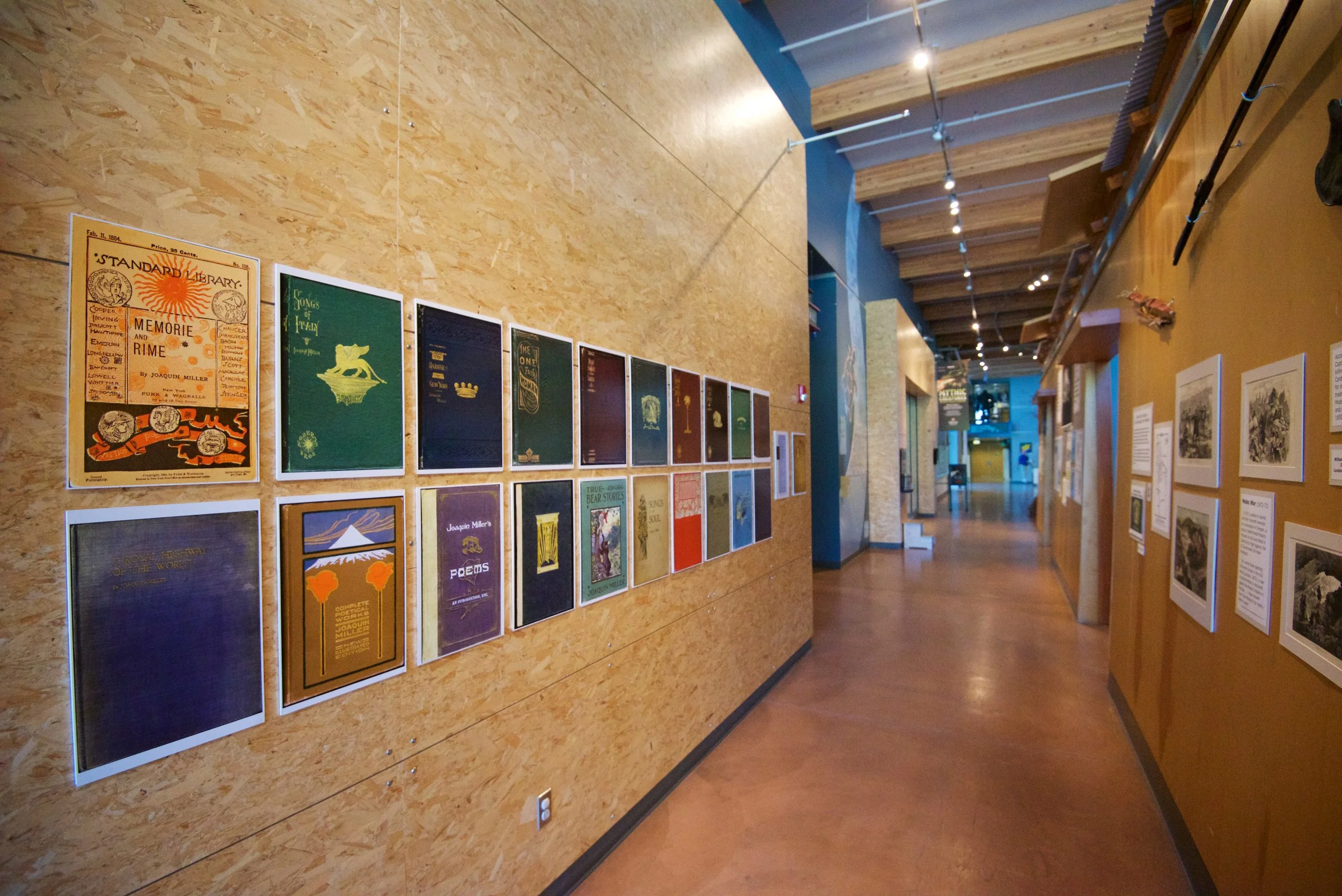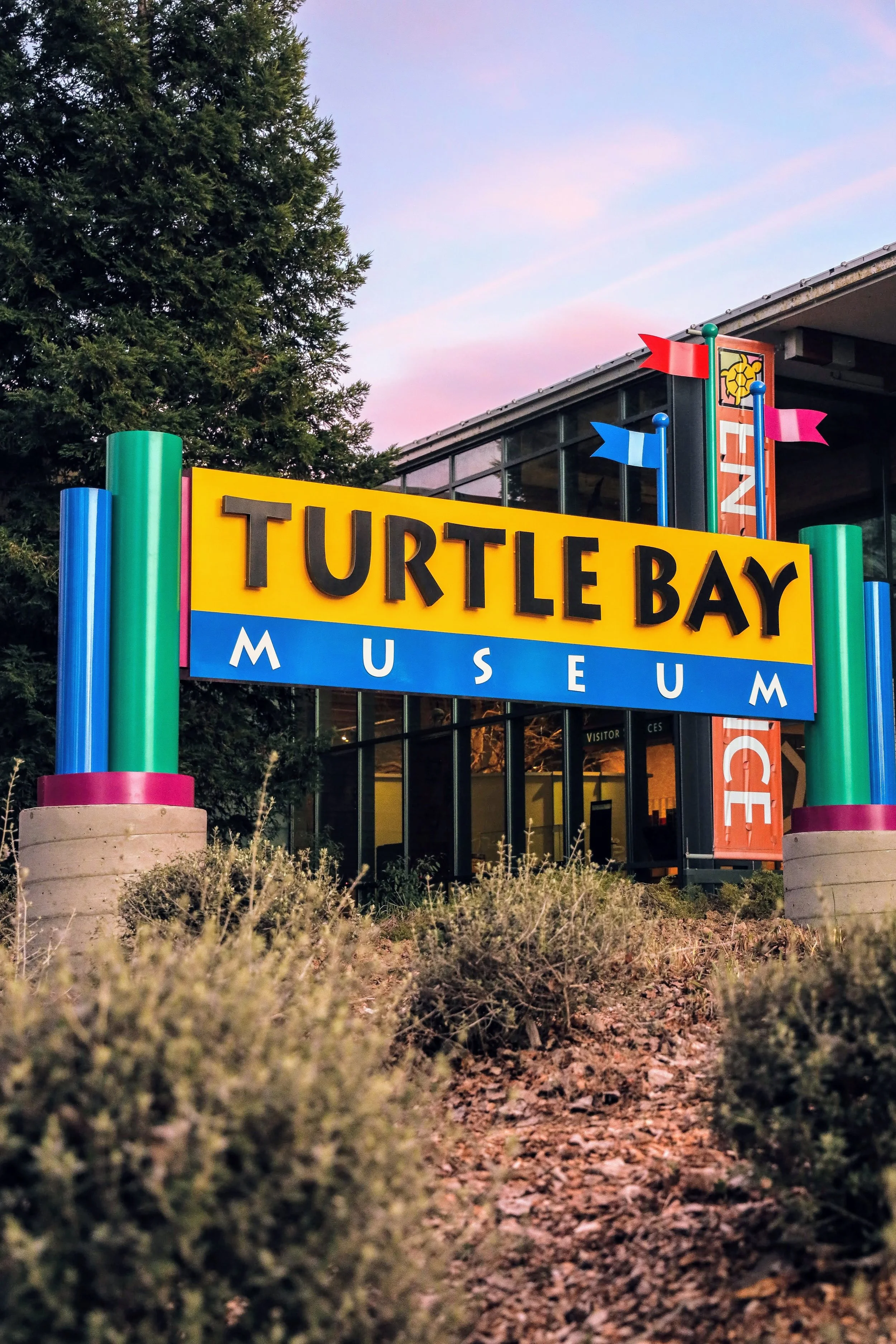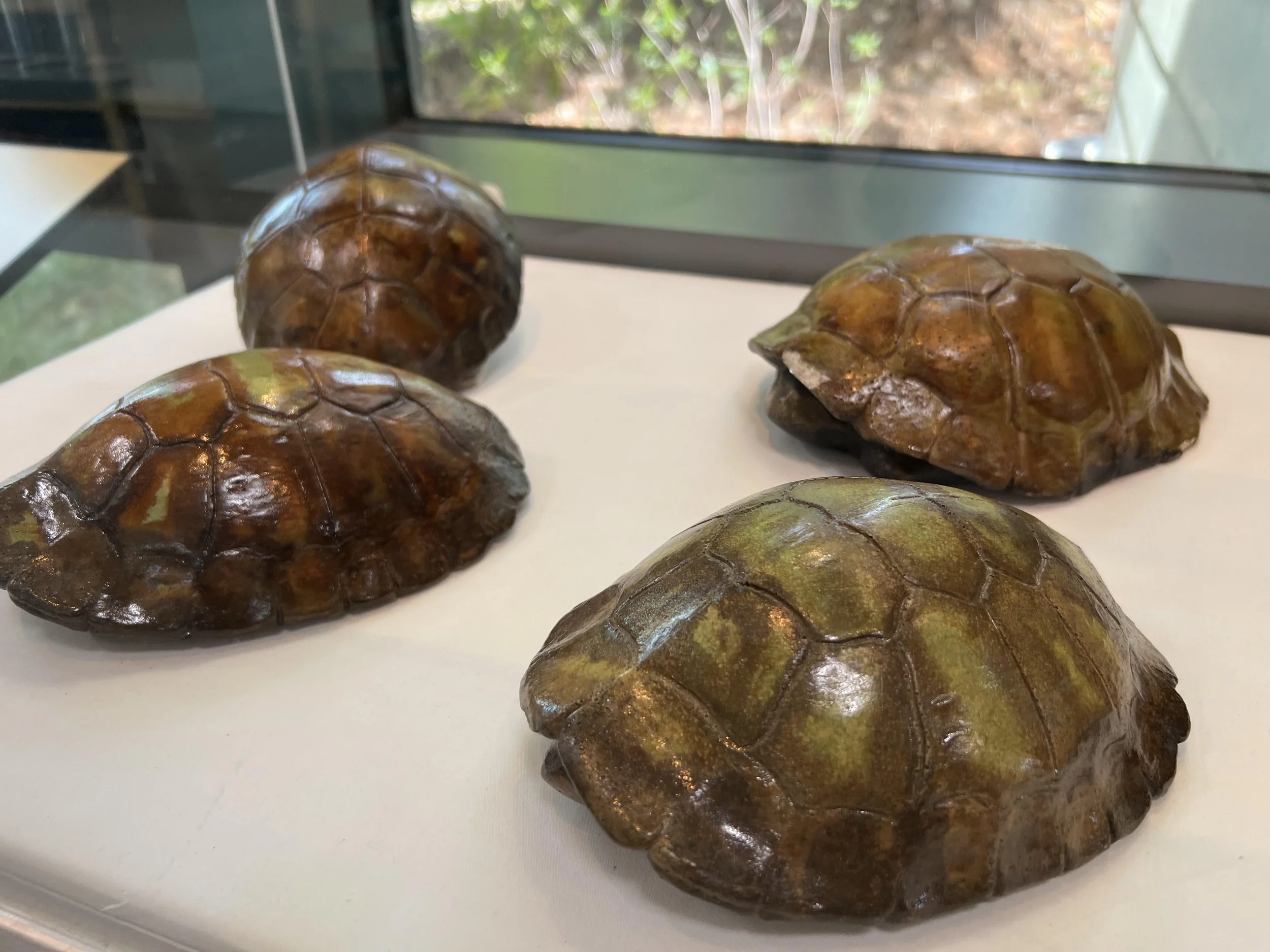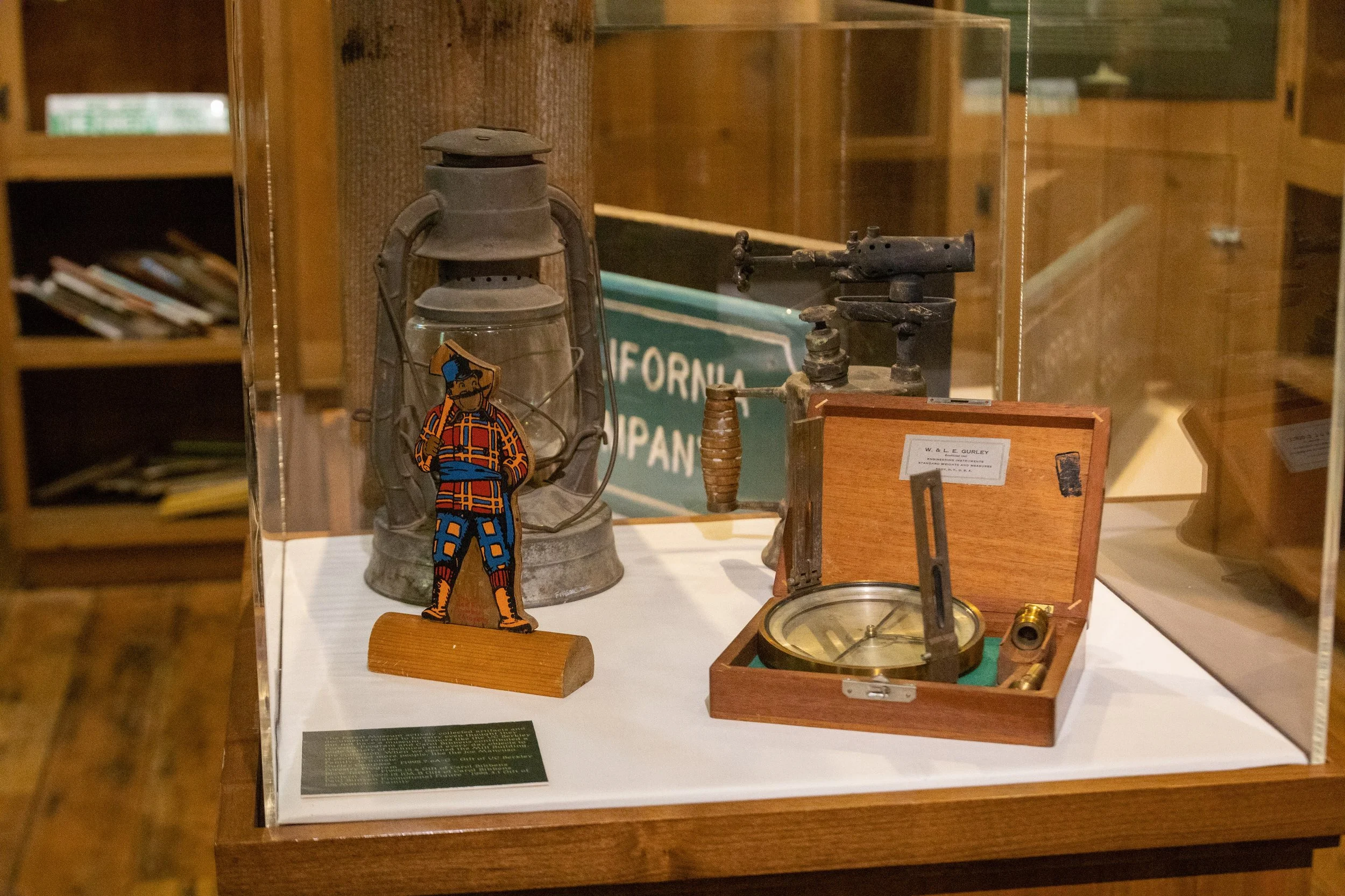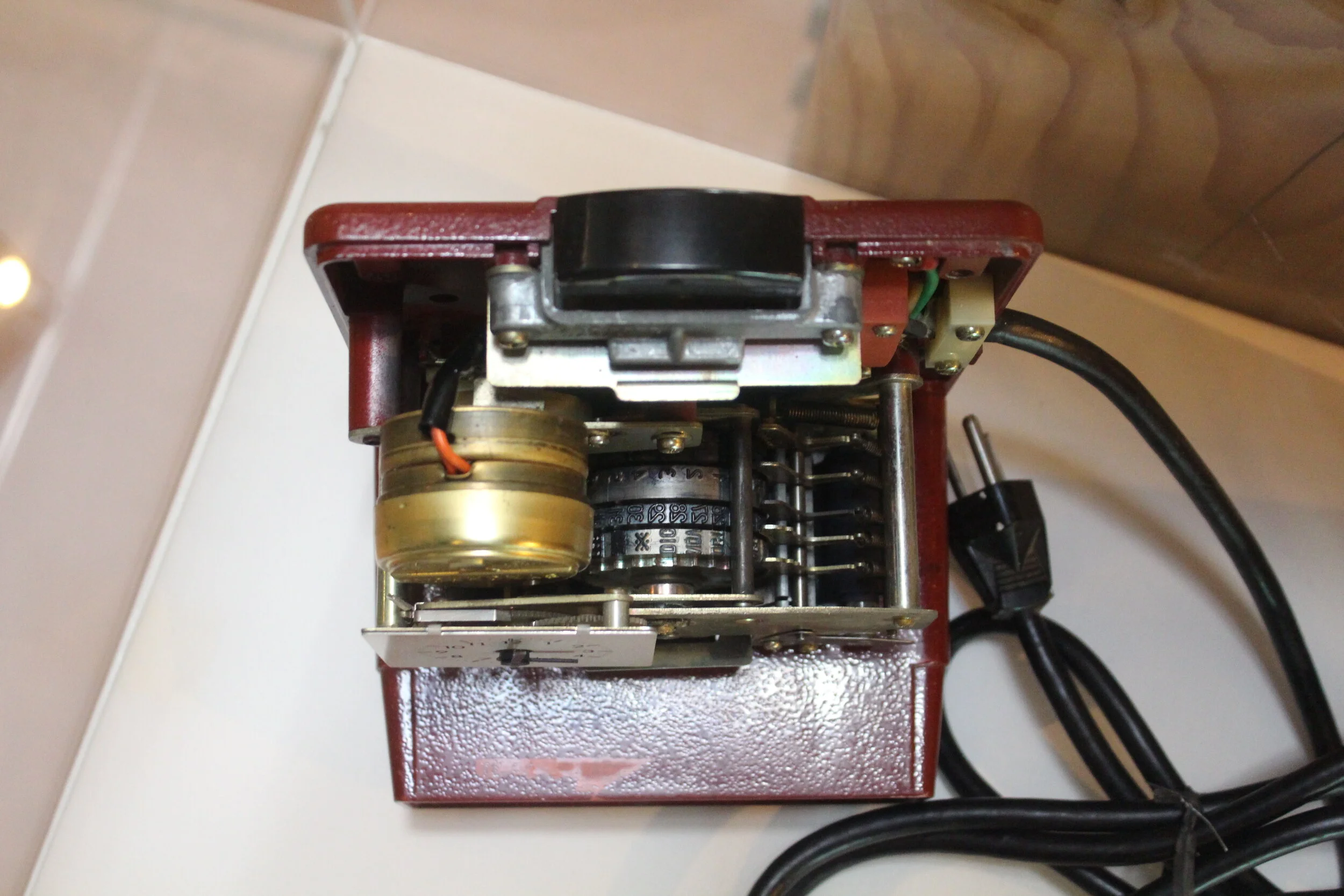With dim lights, low sound, and a relaxed atmosphere, Turtle Bay’s Sensory Hour is an event for individuals of all ages with Autism Spectrum Disorders and/or Sensory Processing sensitivities and their families to experience the museum at their own pace.
Recap: Brews by the Bridge 2022
Brews by the Bridge 2022 was one for the books! Rain or shine, we all brought our A-game! With all the admission ticket sales and beer tickets sold, we were able to raise a little over $57,000, surpassing our goal for this event! All the funds are going to Turtle Bay’s world-class exhibitions, animal care programs, and blossoming education programs.
Turtle Bay: 20 Years and Counting
Making memories has been the core of Turtle Bay Museum’s mission since it opened its doors in 2002 along the Sacramento River.
Twenty years later, the epicenter of science, art, history, and culture is celebrating a much-anticipated anniversary. While the museum went through initial growing pains, Turtle Bay continues to break attendance goals month after month.
Artifact of the Month: Turtle Maquettes
We are excited to share these beautiful, green, glistening maquettes in honor of the Museum’s 20th Anniversary! Much has changed at Turtle Bay Exploration Park since these very first Public Artworks were commissioned!
Created by Troy Corliss for the opening of the Visitor Center in 2000, these maquettes, or models, are small versions of larger sculptures that now reside at the West Entrance of the Botanical Gardens and are simply and officially designated “The Turtle Sculpture”. Troy was commissioned by what was then called “Turtle Bay Museums and Arboretum on the River” to design a turtle sculpture to greet guests.
Plant of the Month: Little Leaf Sage, Autumn Sage, and Offspring
Turtle Bay’s plants of the months are the long-blooming and water-wise, small to medium shrub Salvias – Salvia microphylla and Salvia greggii and their interspecific hybrid offspring Salvia x jamensis.
“They have an elegant contrast between foliage and flowers,” says Lisa Edicott, Turtle Bay’s Horticulture Manager.
Their flowers bloom in a rainbow of colors and bloom until frost if they are occasionally “deadheaded” (spent flowers and flower stems cut off) throughout the season.
25 Years of Forest Fun: New Exhibit in Mill Building
Twenty-five years ago, on April 12, 1997, Paul Bunyan’s Forest Camp opened to the public. Five thousand people poured in to enjoy the new museum and playground. This major milestone was both the first phase of the newly merged Turtle Bay and the culmination of 15 years of planning, fund-raising, and hard work on the part of the Forest Museum.
Artifact of the Month: Tabi Socks
Artifact of the Month: Amano Time Clock
Artifact of the Month: Haida Argillite Sculpture
Artifact of the Month: Ice Chipper
Artifact of the Month: Historic Remedies
Artifact of the Month: Victorian Pickle Castor
How providential that we are able to present this perfectly pleasing yet peculiar pickle paraphernalia! This is not your ordinary pickle jar! In fact, it probably didn’t hold the type of pickles we are most familiar with today – those delicious, tangy, former cucumbers. Before the ubiquity of refrigeration, jams, jellies, pickles, and chutneys preserved produce for future consumption. Victorian pickle recipes included sweet pickled cantaloupe, pickled onions, cauliflower, cabbage, radish pods, nasturtium seeds, walnuts, as well as the more familiar gherkins and cucumbers. Spiced or pickled fruits such as sour plums, blackberries, cherries, and pears were also popular. Yum!
Artifact of the Month: Powder Horn
You may think this is a horn to blow – a type of trumpet to gather the troops and charge into battle! Though these objects were sometimes used in battle, by local militiamen during the Revolutionary War for example, powder horns served a different purpose. In addition to bullets and the firearms themselves, powder horns carried another important part of the kit – gunpowder!
Artifact of the Month: Bentwood Box
Artifact of the Month: Opera Glasses
Long before we cozied up for a movie with a bowl of popcorn and a loved one, shuffled through our iPod playlist, cheered to a baseball game on the radio, or sheltered-in-place, folks sought live entertainment in the company of friends and strangers. It was both intimate and communal. Performances such as plays, operas, ballets – even music, magic, and comedy – took place on a big, well-lit stage. Patrons sat in a darkened auditorium. Some were close enough to see the sweat of an actor’s brow, yet some sat too far to make out important details that helped tell the story. Sporting events like horse racing also presented a need to see the action from a distance. Luckily, a series of technological advances led to an elegant solution – opera glasses.
Artifact of the Month: RenuLife “Violet Ray” Machine
When we first encountered this artifact in the collection, we asked ourselves what on earth it could be. The name implies that it was “medical” in nature. Patent dates indicated that it was manufactured sometime after 1919 and the overall style and materials suggested not too long after that patent date. This gadget is a “violet ray” medical appliance, once advertised to cure a multitude of ills by applying a high voltage, high frequency, low current to the human body, and by producing ozone for direct inhalation. These devices were designed to be used in medical settings and at home by the consumer.
Walk for Wildlife 2020 Recap
The original idea behind Walk for Wildlife was to have a “walk-a-thon” type event to raise funds for the care and feeding of our animal ambassadors. What many people may not know is all our animals are “non-releasable,” or in other words, they can no longer survive on their own in the wild. Whether it be from human intervention or circumstances beyond their control, each one of our animals has a unique story that led them to Turtle Bay. What is so beautiful is that these animals still get a chance to show off their amazing wild abilities and educate guests year after year. Our team strives to give them the best quality life possible including time to roam around the grounds when the Park is closed to stretch their paws.
Artifact of the Month - World War I Gas Mask
World War I, also known as the Great War, lasted from July 1914 to November 1918. It was the first time poisonous gas was used in battle. U.S. troops did not have a standard gas mask for combat, so they eventually adopted the British version. The use of chlorine gas by the Germans received widespread condemnation and the Geneva Protocol of 1925 banned the use of chemical weapons.
Artifact of the Month: 50 Sen Banknote
Sometimes, the internet is a curator’s friend. For 42 years, this Artifact of the Month has been misidentified in our records. The donor thought that her late husband had passed on to her a 50-yen banknote that he’d acquired when he was stationed in Japan during World War II. She noted in her correspondence, that it had been worth “about 20 American dollars when he got it.” When the Redding Museum of Art and History received the donation in 1978, they did not have immediate access to the resources required to verify or refute this identification, so it went into the records as “yen.”
A Golden Opportunity to Learn Local History
History can be messy, and sometimes even uncomfortable, but it’s important. Learning about the past helps us understand and situate ourselves in the present. Incorporating multiple voices and perspectives only furthers and enriches the story, making us more empathetic to the plight of others and giving us a well-rounded and accurate picture of the past.






